Skip Armstrong – Helicopter Pilot
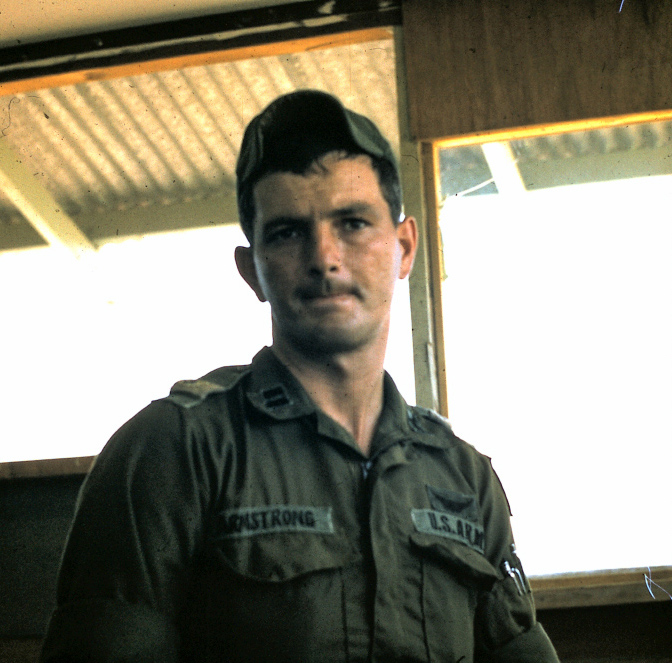
Paul “Skip” Armstrong was expecting the letter from the Selective Service – the draft board was summoning young men from all the small towns of DeWitt County, including Armstrong’s hometown of Wapella.
At 23, Armstrong was older than many draftees, and working for a grain elevator in Pekin loading rail-cars, when his draft number came up in 1966. He and the other future soldiers from the area reported to the R & R Restaurant in Clinton for the trip to the U.S. Army induction center in Chicago.
As part of his Basic Training at Fort Campbell, Kentucky, Armstrong took a battery of tests to determine his skills for different military specialties. He went on to Fort Knox for advanced training in tanks and armor. While there, he was accepted into Officer Candidate School.
The decision to pursue flight school came after some reflection by Armstrong on the weather in Southeast Asia and the temperature inside an armored vehicle.
“I got to thinking, I know I’m going to Nam and it will be really hot inside a tank, so I applied for aviation training.”
Like other pilots seeking a safer option than high risk helicopters, Armstrong’s first choice was fixed-wing aircraft. But a shortage of pilots needed for helicopters pushed that choice aside.
After five months training at the Army’s primary flight training center at Fort Rucker, Alabama, Armstrong graduated in July 1967. His next assignment with a medical support unit in Fort Carson, Colorado provided Armstrong with about eight months experience flying in high density altitudes.
The trip to Vietnam in April 1969 took Armstrong to the 92nd Assault Helicopter Company, based at Dong Ba Thin, near Cam Rhan Bay. The company provided general support to Korean, Vietnamese and U.S. units.
When called upon, the company’s pilots, known as the “Stallions” flew combat missions.
The October 30, 1969 attack on Fire base Kate was a memorable day for Armstrong and the 27 American soldiers and 156 Montagnard militiamen who tried to defend the remote mountaintop outpost. The assault by three North Vietnamese Army regiments lasted five days and ended after the American-lead defenders exhausted their supply of food and ammunition.
Armstrong and crew were on board a Huey headed to the fire-base with personnel and supplies but were forced to turn back after taking enemy fire.
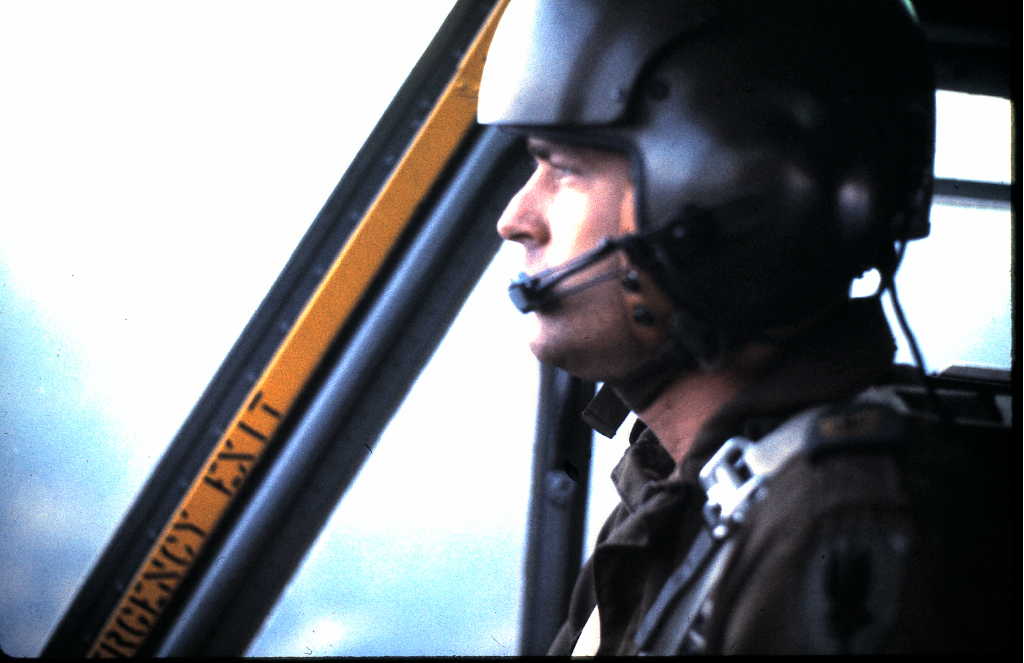
“We got ‘stitched,’ “Armstrong said of the rounds, “but were able to get back to a safe location.”
The ground troops managed to escape from the base therough enemy lines, under the cover of darkness. The evacuation led by Capt. William Albracht, the youngest Green Beret in Vietnam, saved 150 lives.
Armstrong and his crew members also escaped serious injury. “The toe was shot out of my boot,” said Armstrong.
When he wasn’t flying missions or certifying the skills of new pilots, Armstrong supervised about two dozen enlisted men, many of them still looking forward to their 21st birthday.
“The majority of them were still in their boyhood but within a few short months, they became young men,” said Captain Armstrong.
Emotional and physical problems sometimes followed the young soldiers to war.
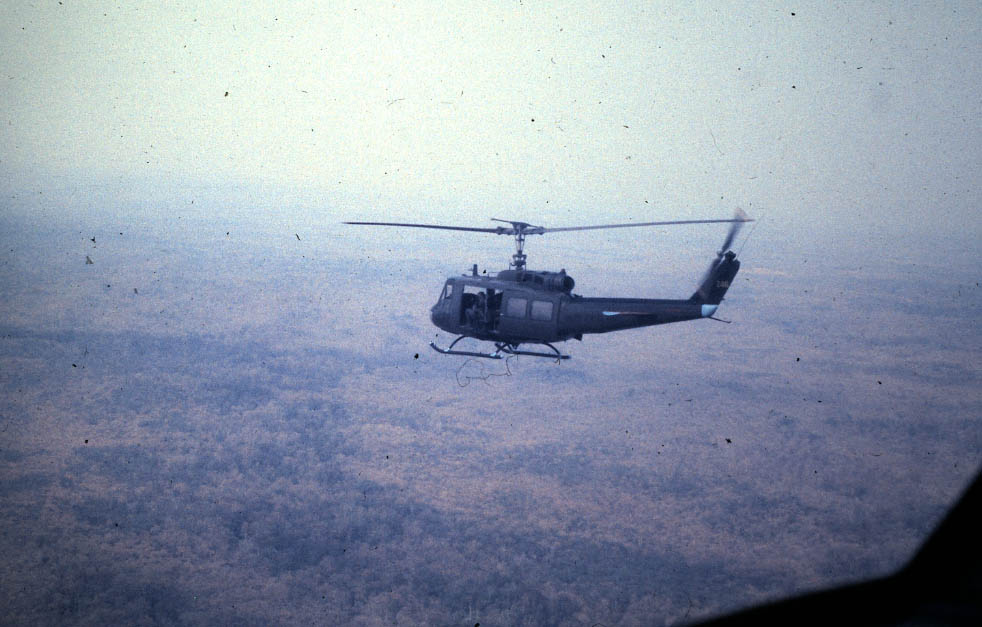
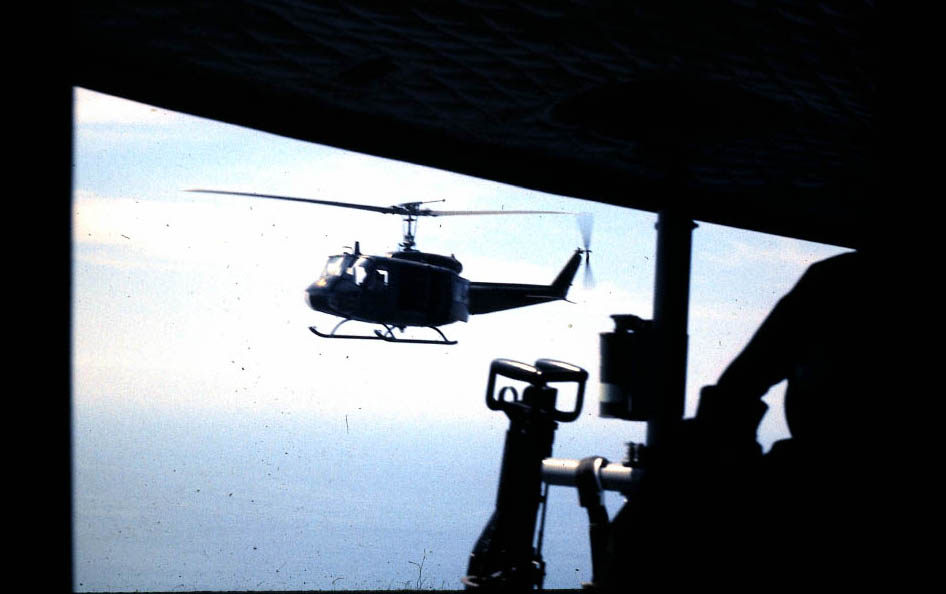
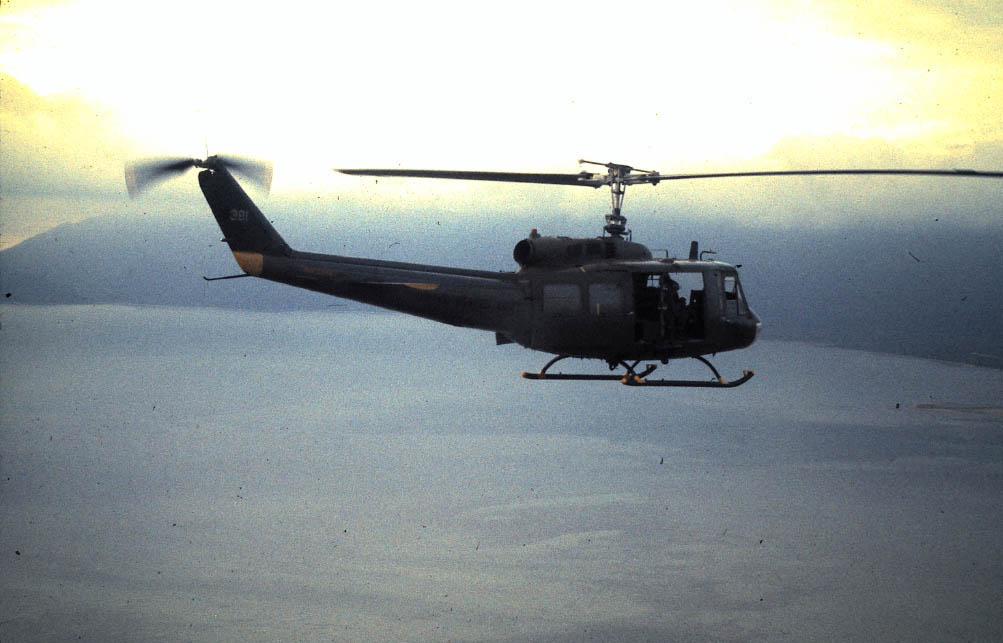
Recent Comments